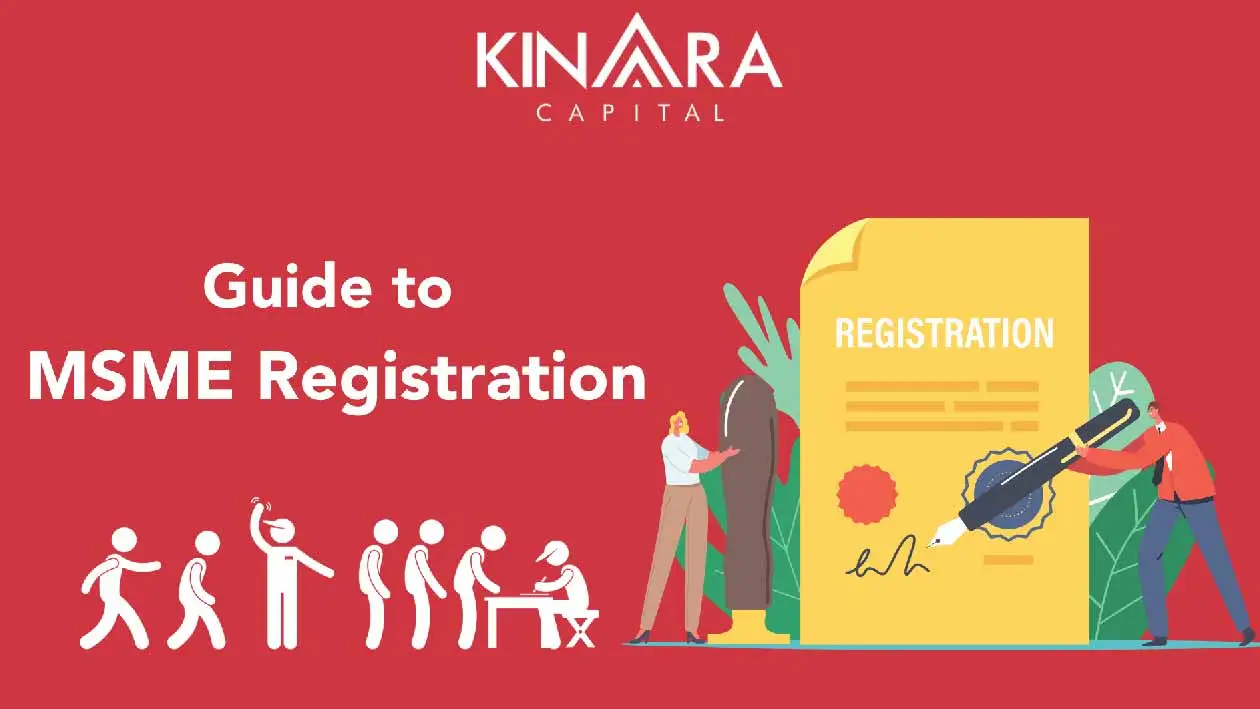
Formalization is a crucial step for Micro, Small, and Medium Enterprises (MSMEs) in India, as it brings a multitude of benefits that can significantly transform their growth trajectory and the overall economic landscape. Formalization empowers MSMEs by granting them legal recognition, access to credit, and inclusion in formal supply chains, fostering growth and stability. It enhances their competitiveness, productivity, and capacity for innovation, while also promoting compliance with environmental and labour standards. Yet, the vast majority of MSMEs in India continue to operate in the informal sector, constrained by barriers such as complex regulations and limited awareness. This has resulted in a glaring gap in MSME registration across the country.
Bridging this gap in formalization is imperative not only for the individual businesses but also for the Indian economy as a whole, as it can unleash a wave of entrepreneurial energy and contribute significantly to employment generation, economic growth, and poverty reduction. Policymakers, industry bodies, and financial institutions must work collaboratively to design and implement effective strategies that make formalization more accessible and attractive to India’s vibrant MSME sector. Let’s explore the process, eligibility criteria, and advantages of formally registering a small business.
MSMEs serve as the lifeblood of India’s burgeoning economy. As these industries thrive, so does the nation’s economic prosperity. While the government hasn’t mandated MSME registration, it unlocks access to an array of government initiatives and services, including credit facilities, training, and market opportunities. This catalyzes MSME growth, ultimately contributing to India’s overall economic well-being. It is, therefore, critical for MSMEs across the board to prioritze registering their businesses, and the government has been taking steps to make the process accessible and seamless.
To this end, the Ministry of Micro, Small, and Medium Enterprises launched the Udyam portal, an online portal for registering MSMEs cost-free. It is a self-declaration portal, which means that MSMEs do not need to submit any documents or proofs to register. They can simply register online by providing basic information about their business, such as name, address, and turnover. Once registered, MSMEs will be issued a Udyam Registration Number (URN), which is a unique identity number for their business. The URN will give MSMEs access to a range of benefits, including priority sector lending from banks, government subsidies and grants, tax benefits, and access to government procurement tenders.
The Udyam portal achieved a remarkable milestone, surpassing 2.5 crore registrations in just over three years since its inauguration. This tally includes 2.52 crore registrations, with 63.48 lakh micro-enterprises utilizing the Udyam Assist Platform (UAP). The UAP was introduced in January 2023 with the primary objective of facilitating the onboarding of micro-entrepreneurs, including street vendors operating outside the GST framework, onto the Udyam platform.
Another advantage the digital platform provides is that it seamlessly integrates with Income Tax and GSTIN systems, streamlining the retrieval of PAN and GST-related information. Udyam registration transcends mere compliance, doubling as a business license while offering a myriad of additional benefits. The registration process is entirely digital, and completely paperless. Although an Aadhaar number traditionally sufficed for registration, as of April 1, 2021, PAN and GST numbers have become mandatory, further streamlining the process.
While the Udyam registration process has seen remarkable uptake among MSMEs, demonstrating their growing tech savviness and overall awareness, there is still a long way to go. Given that there are more than 6.3 crore MSMEs in the country, a number that is projected to grow to 7.5 crores in the near future, a stronger push is required to make the widespread formalization of MSMEs a reality.
MSME registered business (Micro, Small, and Medium Enterprise) enjoy a multitude of advantages that not only promote growth but also ensure financial stability. The benefits of MSME registration include:
In other words, a registered MSME enjoys multiple benefits which not only ensures the economic stability of the enterprise but also is instrumental in the growth and welfare of the enterprise.
Given the myriad advantages of formalizing an MSME business, if you’re a small business owner, it’s time to get started on registering your business. The Udyam registration process requires the submission of a few documents, including personal information, company information, and so on. Here’s a step-by-step guide to go about registering your small business:
Step 1: Start by visiting the official Udyam registration website. You can access it by clicking here.
Step 2: On the website’s homepage, click on the ‘New Registration’ tab. This action will lead you to the Udyam registration form.
Step 3: Enter both your Aadhar card and PAN card numbers. Validate these details by confirming the OTP sent to your registered mobile number.
Step 4: Specify the type of business or organization you run and put in the PAN number linked to your business accounts.
Step 5: Complete all other relevant sections of the form, ensuring the accuracy of every piece of information before proceeding to submit the registration form.
Step 6: To finalize your Udyam registration, submit the form and validate it by entering the OTP received on your mobile number.
Step 7: Upon successful registration, you will promptly receive a ‘Thank You’ message, sent to both your mobile number and email address. This message will also contain your assigned Udyam registration number.
Step 8: With your registration confirmed, you can proceed to download and print your official Udyam Registration Certificate for your records. Keep in mind that once the application form is submitted, the approval and registration process can take up to 2-3 days.
MSME registration is a pivotal step for small businesses, offering a gateway to a host of advantages. It also underscores a business’s credibility and adherence to governmental regulations, bolstering its reputation. The perks of registration encompass a wide spectrum, encompassing access to various government schemes, and the facilitation of credit access.
The process of securing credit facilities and business loans has been significantly streamlined through the Udyam Registration number. For entrepreneurs registered under Udyam, accessing unsecured loans, such as those offered by Kinara Capital, has become exceptionally swift. Non-Banking Financial Companies (NBFCs) like Kinara Capital are actively working to bridge the credit gap for MSMEs in India, enabling them to secure fast business loans without the need for property collateral, thereby facilitating their growth and development.
Kinara Capital’s digital process enables small business owners to check their eligibility in just 1 minute through the myKinara App. MSME entrepreneurs can avail of a collateral-free business loan from ₹1 lakh – ₹30 lakhs with doorstep customer services in their preferred vernacular language. With Udyam registration and minimum documentation, an MSME business owner can go from decision to disbursement within 24 hours. Also, we have a dedicated customer support team available between Monday – Friday (9.30 AM – 6.00 PM) at our toll free number 1800-103-2683 for any questions or assistance. This ensures that entrepreneurs can get the help they need throughout the loan process.
1. Who is eligible for MSME registration?
There are three basic factors that make up the primary requirements for Udyam registration. Whether an MSME qualifies for the benefits of Udyam registration depends on the type of business, annual turnover, and investment:
2. What is the cost of MSME registration?
MSME registration is a cost-free paperless process.
3. How long is MSME registration valid?
MSME registration does not have an expiry date. As long as the organisation is ethical and financially stable the MSME registration is also valid.
4. What is formalization of MSME in India?
Formalization of MSME in India refers to a process by which all informal businesses are brought under a regulatory framework of law. In other words, Through this process MSMEs are made a registered entity where they abide by a certain rule and regulations.
